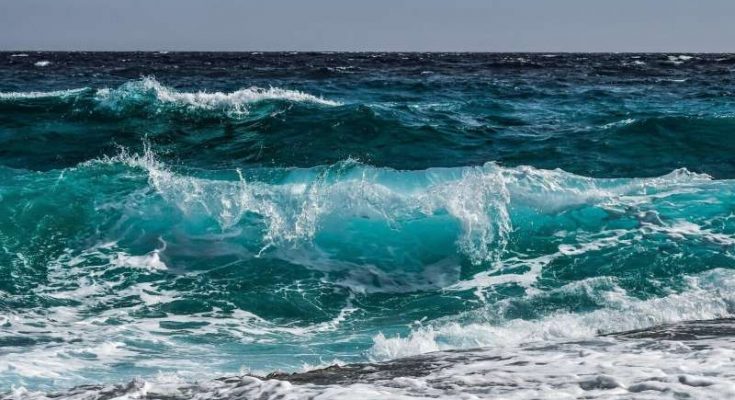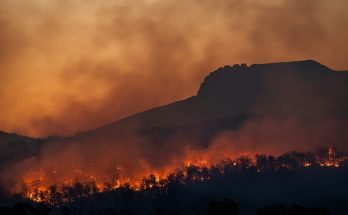A new study in Nature Geoscience, co-authored by Dr. Heather Ford from Queen Mary’s School of Geography, uses a unique research model to illustrate how past geologic periods can help us understand future climate changes.
As research uncovers more about Earth’s distant history, going back millions of years before human life, past climates are increasingly relevant for understanding how key elements of the climate system are affected by high greenhouse gas levels. Dr. Ford’s previous research has underlined the importance of reconstructing and simulating past climates in predicting future changes.
Climate scientists usually build models with a few hundred years of historic weather records including data like sea surface temperatures, wind speeds and cloud cover. Such models are used around the world to assess impacts of greenhouse gas emissions, predict scenarios for future climate, and propose mitigation strategies.
Historic climate records typically only span a century or two, which Dr. Ford says “really doesn’t give the deep ocean enough time to balance with imposed climate settings”—so her studies focus more on “paleo-climates,” covering a far broader range of climatic conditions to help understand long-term climate change.
In this new paper, Dr. Ford used geologic data and a climate model of a time about three million years ago known as the mid-Pliocene warm period, which is often used as an analog for future climate change, because global temperatures then were around 2.3°C warmer than today but CO2 levels were similar.
What’s unique about this study is the climate model was run for 2,000 years, allowing conditions in the deep ocean to balance naturally over time, and enabling much deeper insight. Dr. Ford explained: “Running global climate models for thousands of years is computationally expensive, but critical in thinking about long-term impacts of carbon cycling and climate change.”
The research team were surprised to find deep water formation in the North Pacific at this time, where there is none today—suggesting the warm period may have impacted the ocean’s ability to store carbon and the process of carbon cycling in the ocean.
Dr. Ford commented: “While most studies focus on conditions at the sea surface, it’s also important to look at changes in the deep ocean, as these will impact sea surface conditions. We know the North Pacific acts as an area of carbon storage today—but if a deep water mass forms then it prevents that storage, with consequences for the global carbon cycle, such as where nutrients are brought to the sea surface for biological activity.”
#ClimateChange; #CarbonCycleImpacts





